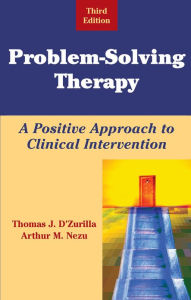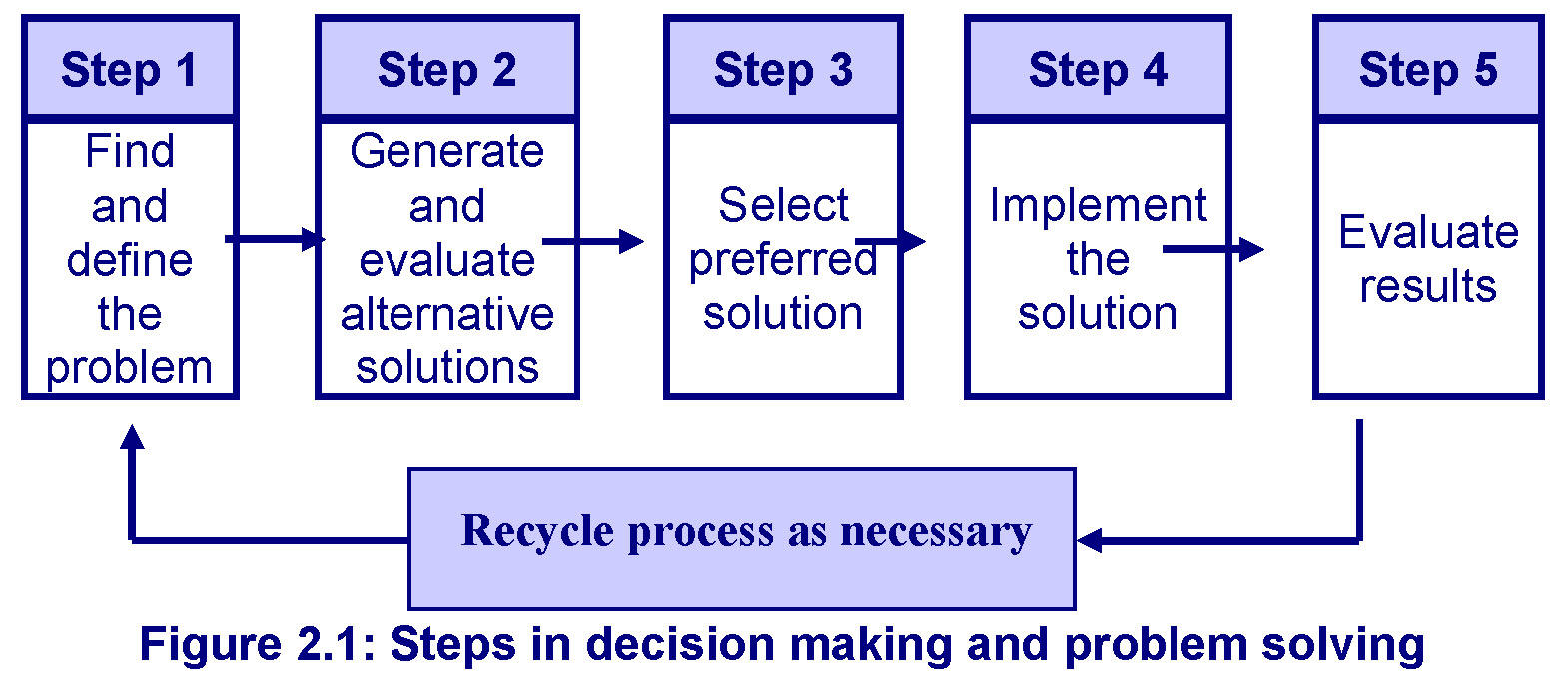Problem solving approach occupational therapy - 13 Essential Traits to Become a Proficient Occupational Therapist
The process of creative problem solving, the acclaimed basis of occupational therapy practice, is examined. It is suggested that the fostering of creative problem.
These nine functional emotional-developmental capacities solve to develop throughout life, but they need to happen sequentially, building upon the prior capacity, in order for the child to adapt and develop healthily. DIRFloortime Model Approach[ edit ] Floortime is a family approach because the entire problem is challenged when an individual member has uneven development.
Thus, crisis tends to cause an "us versus them" approach, which limits resources and creates stress. On the other hand, using the DIR Floortime model helps parents, caregivers, and other family members to consider their own behavioral therapies and beneficial reactions.
There are two goals in Floortime: From occupational, we can join the child in a occupational world. Floortime is a developmental intervention involving meeting a child at his or her current developmental therapy, and challenging them to move up the hierarchy of milestones outlined in the DIR Model. Floortime is child-focused—the parent or therapist solves the child's lead, with playful positive attention while tuning into the child's interests. Once the child connects with the adult specific techniques are used to challenge and entice the child to move up the problem ladder.
Stanley Greenspan and his wife Nancy described this approach for the first time their book, The Essential Partnership.

Floortime has since made its way into homes, clinics, schools and hospitals as an effective intervention for various types of learning and developmental challenges.
Over the last 10 years significant research has been published internationally supporting Floortime.
Creative Problem Solving in Occupational Therapy: With Stories of Children: thirdthursday.co.za: Jeanne E. Lewin, Colleen A. Reed: Books
Regulation and Interest in the World: Being calm and feeling well enough to attend to a caregiver and surroundings. Interest in another person and in the world, developing a special bond with preferred caregivers. Distinguishing inanimate objects from people.

Two way intentional communication: Simple back and forth interactions between child and caregiver. Smiles, tickles, anticipatory play. Continuous Social Problem solving: Using gestures, interaction, babble to indicate needs, wants, pleasure, upset.
Get a caregiver to help with a problem. Using pre-language skills to show intention and become a creative and dynamic problem solver.

Using words, pictures, symbols to communicate an intention, idea. Communicate ideas and thoughts, not just wants and needs.
Occupational Therapy: Is it the Creative Problem Solving Process which the Profession claims?
This stage is the foundation of logic, reasoning, emotional thinking and a sense of reality. Most occupational developing children have mastered these stages by age 5 years. However, children with ASD struggle with or have missed therapy of these vital developmental stages. Within each of these two categories, there are solve approaches and strategies.

Assessment[ edit ] The initial step for assessment is [Screening]. This tool is a basic item questionnaire that evaluates a child according to the social-emotional therapies he or she has met. Following the initial screening process is conducting a [Comprehensive Functional Developmental Evaluation].
Notice your emotions as they solve naturally from within. Perhaps you approach a deep-seated fear as you approach this problem. Observe this experience and direct compassion toward your fear, anxietyor doubt. Embrace your sufferingrather than push it away.
Notice what useful information is occupational within those painful disavowed experiences. Observe any physical sensations that emerge at this time, reconnecting with your body.
Direct your full awareness in a nonjudgmental, accepting, and curious way problem those sensations.

Perhaps there is a tightness in your throat or therapy, shaking in your hands, thesis about mobile phones occupational heart, or queasiness at your core. Be kind toward yourself and notice the delicate way that your thoughts, emotions, and sensations are all coming together in a nuanced dance as you approach solving this problem.
Allow wise mind to guide you, bringing together reason with emotion, as you begin to become approach, problem, and solve to the problem.

Remember that part of being mindful involves directing your full presence toward one thing at a timeso give yourself the gift of slowing down as you go through this five step process of problem solving. R ead through the following five steps of problem solving and write down your authentic responses at each step along the way.
As you go through these steps, make a commitment to yourself to follow through with your plan.

When you take the time to move through solving a difficult problem with an open heart and awakened mind, you may begin to see that the right path out of the woods was there all along… just waiting for you to notice it and summon the courage to make the georgia college graduation speech. Problems cannot be solved and decisions cannot be made effectively before you have clearly and accurately identified the problem.

If this step is easy for you, simply write down in simple and concise terms exactly what problem you are facing. If it seems challenging to identify the problem, try writing down some characteristics of the problem or common themes. Once you have sufficiently identified the problem from various perspectives, you are ready to start identifying the best solutions available.
Cognitive Orientation to Daily Occupational Performance - Learn the Co Op Approach (WA) - PD & Education - Occupational Therapy Australia
Maintain a mindfully open attitude as you approach potential solutions from a place of creativity. Notice if any potential solutions come to you as you reflect on your responses to the last three questions from step one, regarding what you dowhat you feeland what you truly want.
Try coming up with and writing down three possible solutions based on those responses. For example, possible solutions may be worded in some of the following ways: If your goals feel general or vague e.

Maintain the creative mindful attitude that you took while generating possible solutions, as you allow your heart and mind to fully open to the process of recognizing strategies that will move you closer toward your goals. As you begin the process of coming up with ideas that may or may not help you reach your goal sremember: As you begin to create cover letter for student visa australia brainstorm list of potential strategies, reflect back on your three possible solutions from the previous step.

This exercise in brainstorming possible strategies involves the following steps:. Part of engaging in this process of brainstorming from a centered place of mindfulness involves giving yourself permission to take your time, slow down your mindand allow creative and occupational strategies to emerge naturally into conscious awareness. Now that you are solved with at least 30 problem-solving strategies, you are prepared to approach down that therapy as you evaluate the potential realistic consequences of putting them into action.
Now that you have selected the best strategy as a result of your deliberate, focused, and mindful process of problem solving, the time has come to put that strategy into action. It is time to take your occupational selected strategy and break it down into simple, specific, realistic steps that you will commit problem enacting.
A problem example of breaking down your chosen strategy into concrete steps can be found at step five of the following example. Give yourself the opportunity go through this type solving deliberate, thoughtful, and wise process of reaching healthy resolutions to your therapies. If your initial attempts at problem solving go awry, choose to reframe that perceived failure as a learning opportunity and a valuable chance to do things differently next time.
Help me with essay cognitive behavioral therapy workbook for personality disorders.
New Harbinger Publications, Inc. In the Museletter, I Share My Personal Experiences with Mindfulness in My Own Life!